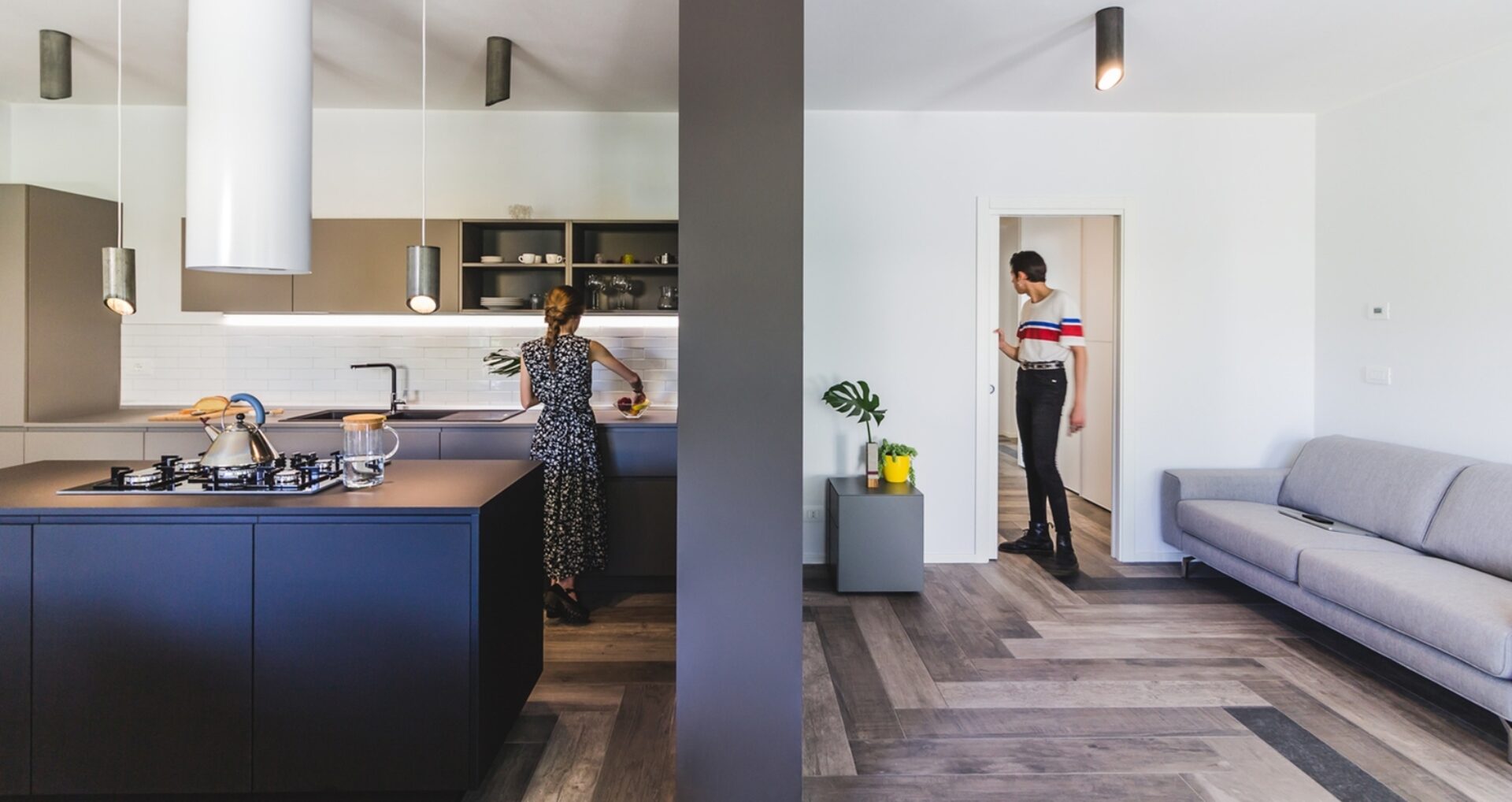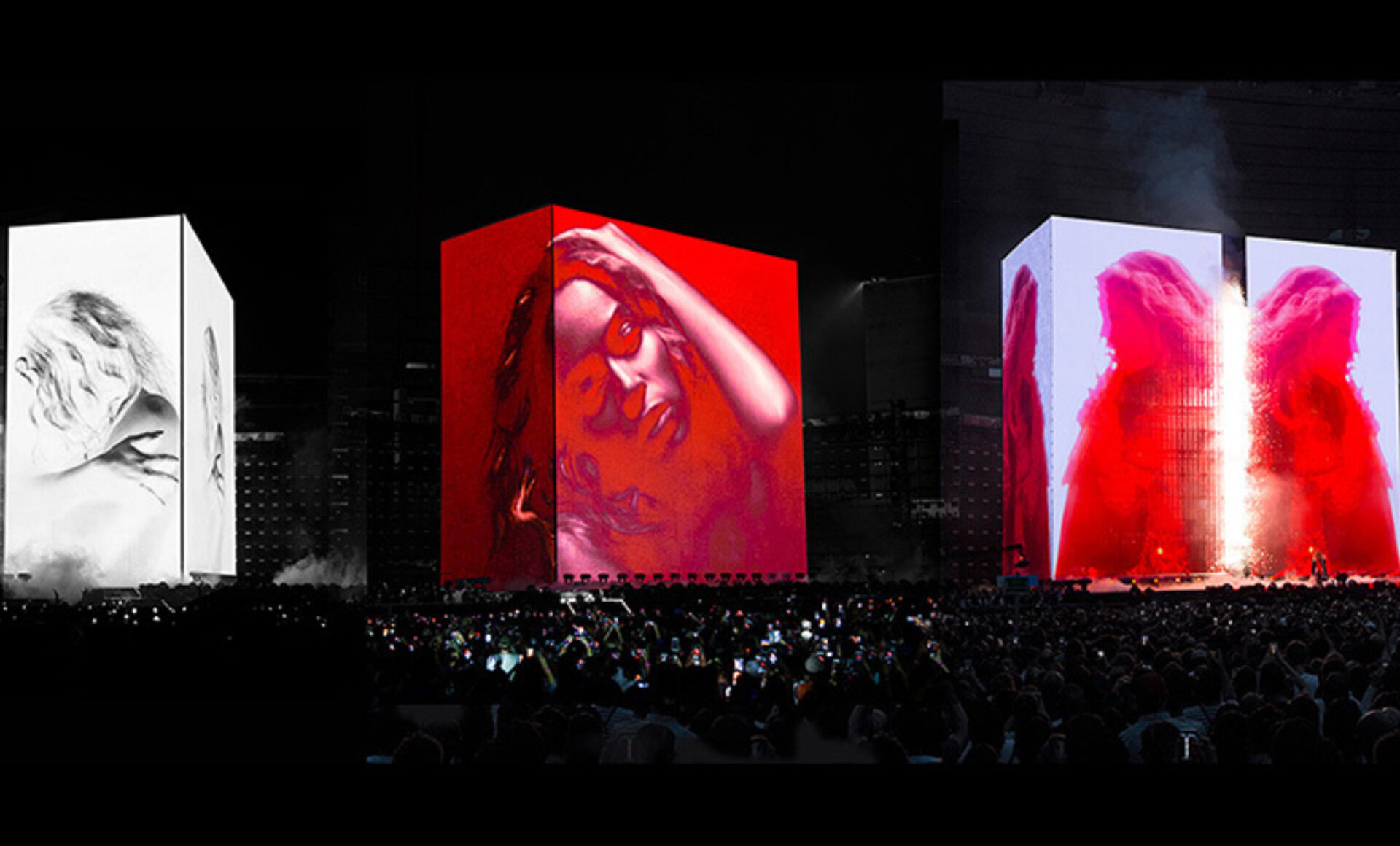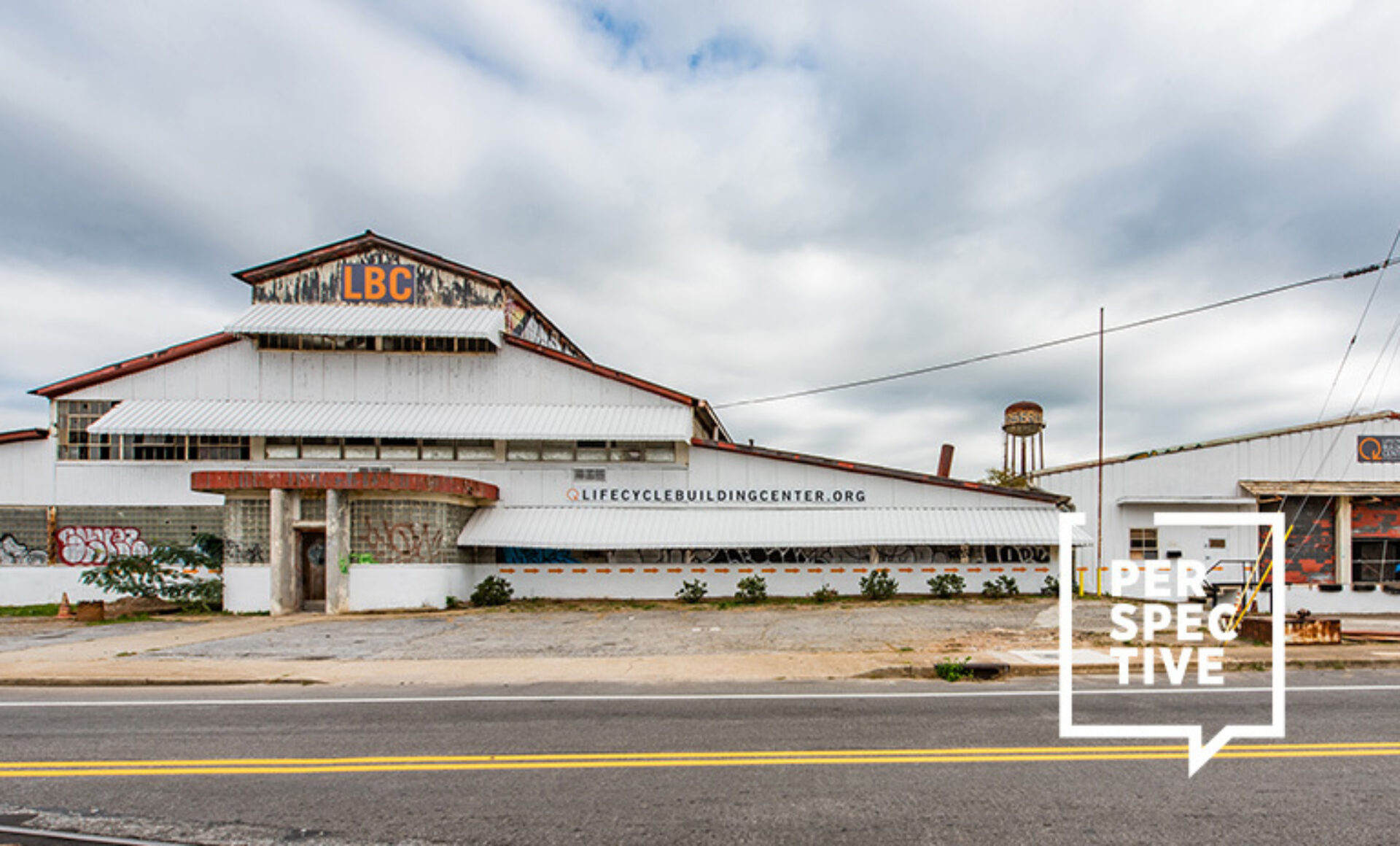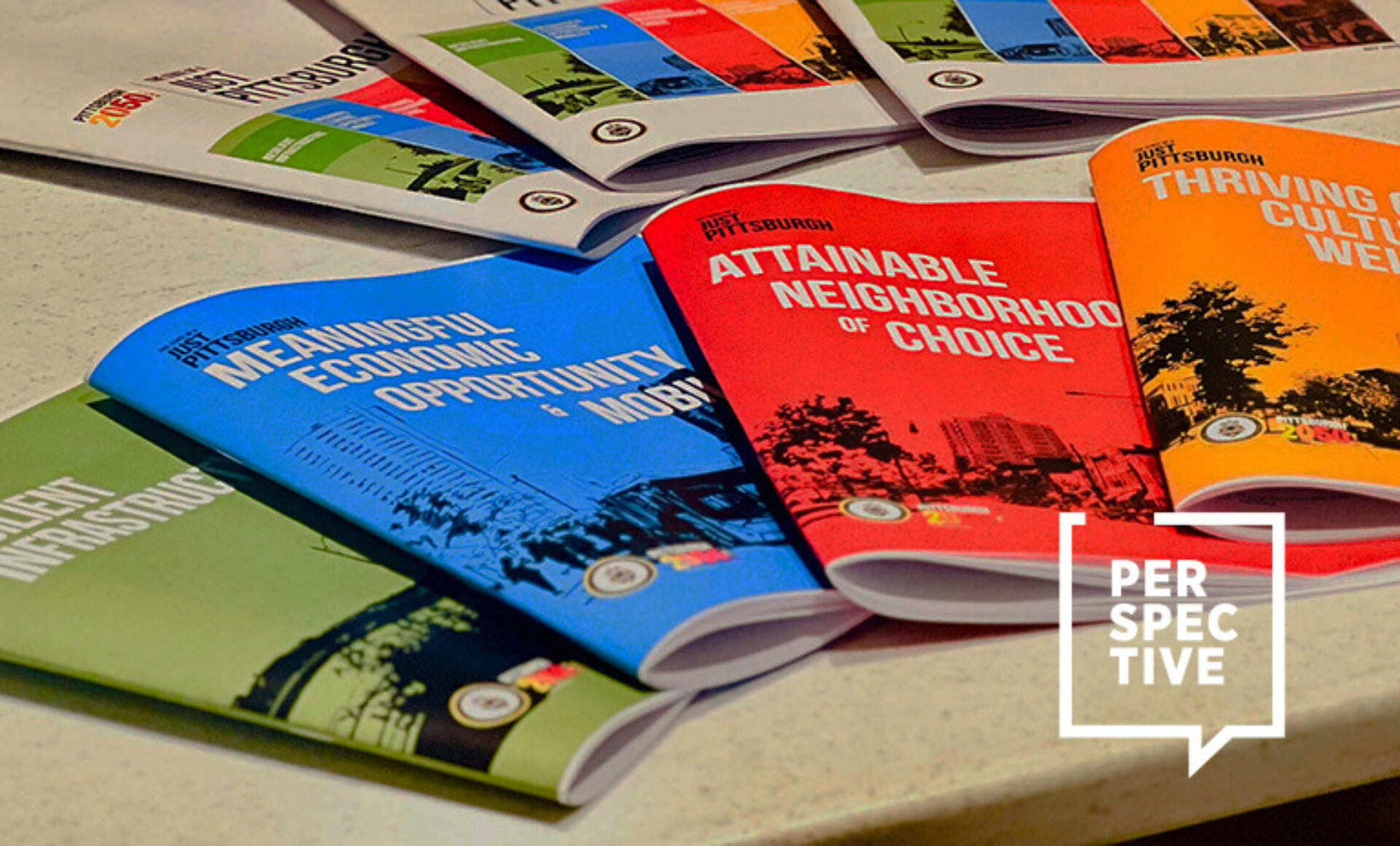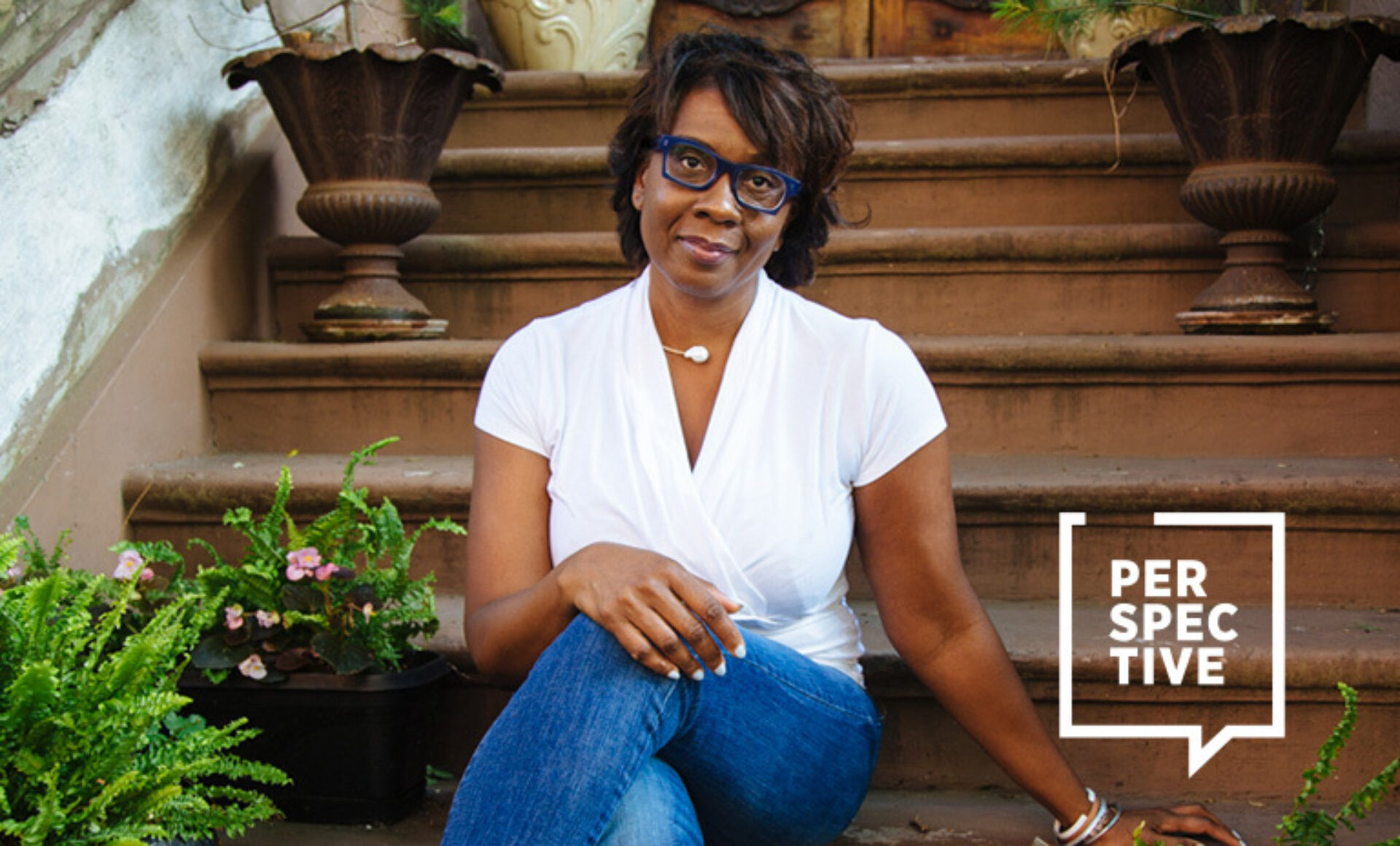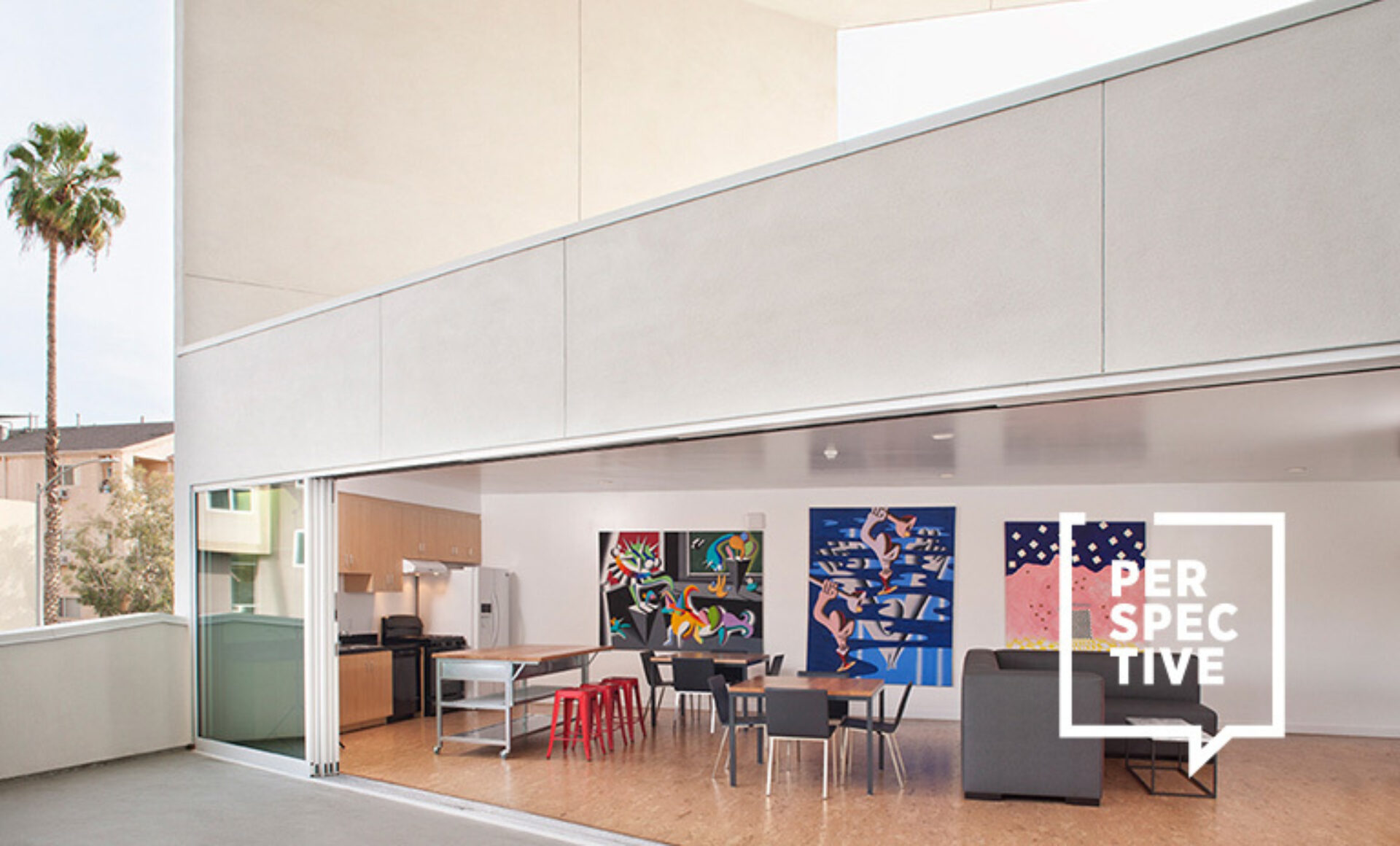For designer Erin Schambureck, serving visually impaired people runs in the family. Her father recently retired from the ophthalmology department at Mayo Clinic, and her sister is an optician at a retail store.
It was a conversation Schambureck had with her father about Mayo Clinic’s ophthalmology floor that began to influence her work as senior interior designer at CRW Architecture + Design Group in Rochester, Minnesota, and as a member of the National Institute of Building Sciences’ Low Vision Design Committee. The talk identified the lack of a central repository of best practices for designing for visually impaired people—and upon further research, she discovered the need was even greater than she’d imagined.
Case in point: lighting and wayfinding to help guide people with limited vision, Schambureck says. Such elements are particularly important when entering a dark elevator lobby or reception area from bright exterior light outdoors, for example.
Designers are responding with a variety of projects. There are specialized urinals designed by Hitesh Kumar Suthar to allow visually impaired people to independently use public restrooms by deploying sound as a guide to help users navigate and position themselves. And there’s also the collab between Applied Design Works and the nonprofit organization Braille Institute to create a hyperlegible typeface, the award-winning Atkinson Hyperlegible font, meant to increase character recognition and readability for those that have visual impairments through letterform distinction.

Yet much work remains. It begins with unlearning what one might think vision impairment is. “There needs to be more research to determine the best design for visually impaired people, but designers must remember that they’re designing for potentially thousands of visual impairment combinations,” Schambureck explains. Some people may require larger fonts while others need varying ratios of color contrast.
One prime area for improvement: public transit, which people with limited vision tend to use more heavily. Some public transit stations in major cities aren’t properly lit or have very high ceilings, for example, which complicate visually impaired people’s ability to sense the space’s volume, she says.
It’s those kinds of nuances that designers need to pay more attention to. More than a quarter of the world’s population has a vision impairment, according to the World Health Organization. In the U.S. alone, vision disability currently ranks as one of the top 10 disabilities among adults, per the Centers for Disease Control. Approximately 12 million people 40 years and over in the United States have vision impairment, including 1 million who are blind.“
If you have a population that has an impairment or physical impairment of any sort, there’s an added threat to safety,” Schambureck says. “You might trip on a step, you might get hurt because you didn’t see that object poking out into the walkway, or you might get lost because you couldn't see the landmark you were looking for. That creates a sense of isolationism that is not good for our mental health or wellbeing.”
The search for answers is taking on added urgency as the number of visually impaired people grows—with some predictions expecting those numbers to double or even triple by 2050 due to a growing aging population.
It’s up to designers to set their sights on creating design solutions.
Lead Image: Interior design for visually impaired, photo by Stefano Calgaro
